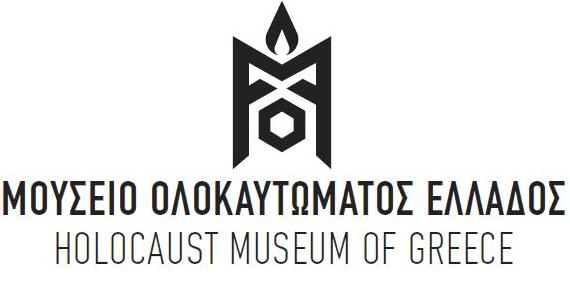

Thessaloniki’s identity is embedded in its unique history as a multi-cultural city with long enduring prolific co-existence of Christians, Muslims and Jews. Thessaloniki’s Jewish community, the oldest in Europe, was present in the city for 2,000 years and was the largest ethnic community of the city between the years 1492 and 1912. The fire of 1917 destroyed many of the Jewish buildings of Thessaloniki, and the extermination of the Jewish community during the German occupation of World War II erased much of the city’s Jewish fabric.
By offering the city of Thessaloniki a new public monument, the proposed Holocaust Memorial & Human Rights Educational Center seeks to commemorate the devastating fate of the Jewish community, but also to recount its cultural history and rejuvenation after World War II, and to host an open forum for multi-cultural education and forward-looking dialogs between various identity groups.
The chosen site for the project is an open plaza located at the endpoint of the rail lines. This site may extend the walkway developed along Thessaloniki’s seashore, connecting the city’s harbor, the historic White Tower and the old train station which was used for the deportation of the local Jews. The project therefore will be part of Thessaloniki’s iconic landscape and will resonate with its other urban monuments.
The project consists of an octagonal tower, a low ring-shaped building and a public plaza. The 32 meter high energy-efficient tower is a museum and a cultural center containing a permanent exhibition hall, a temporary exhibition hall, auditorium for 300 seats, study rooms for lectures and seminars, multipurpose space for events and ceremonies, offices, reception and café.
The low introverted building is a tourist facility.
The project is jointly designed by:
HEIDE & VON BECKERATH ARCHITECTS, Kantstraße 152, 10623 Berlin, Germany, www.heidevonbeckerath.com
EK A EFRAT–KOWALSKY ARCHITECTS, 3 Levontin St., Tel-Aviv 65111, Israel, www.efrat-kowalsky.co.il